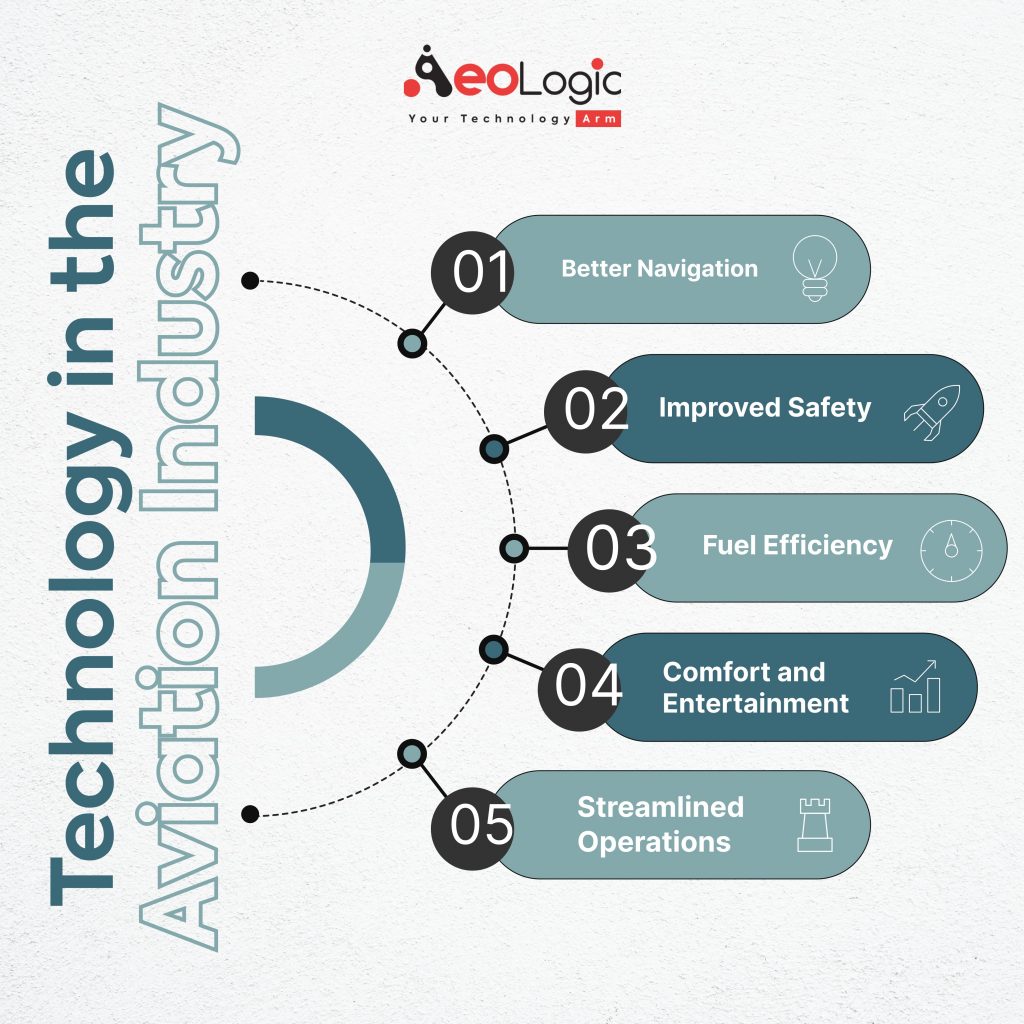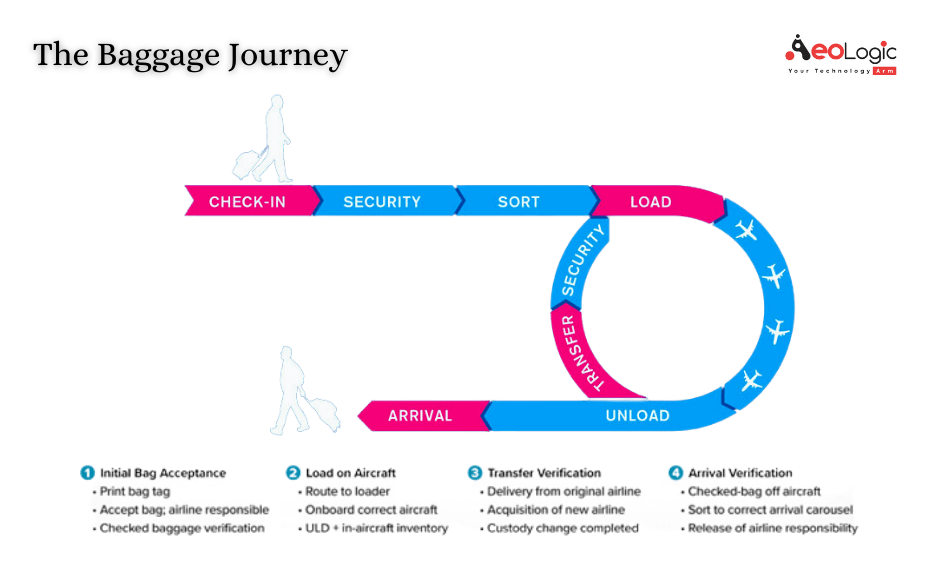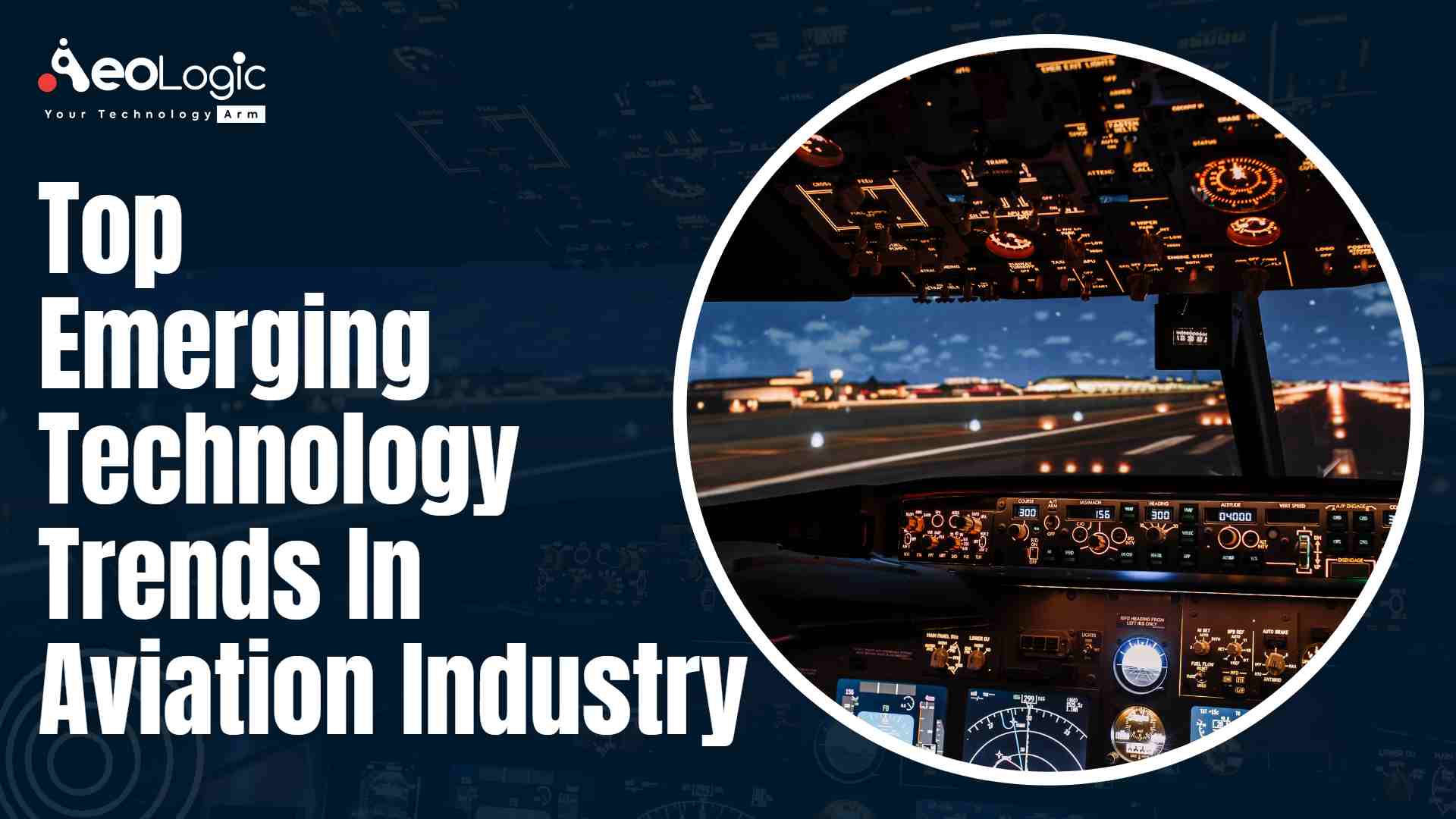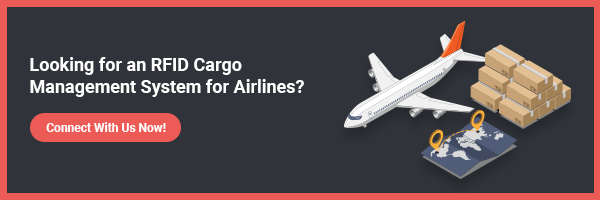The aviation industry is continually evolving, and technology has played a vital role in this development. In recent years, there have been significant advances in the use of technology to enhance safety, efficiency, and customer experience. The COVID-19 pandemic has also spurred the development of new technologies that could shape the future of air travel. In this article, we’ll explore the top emerging technology trends in the aviation industry.
Lets begin!
How Technology has Changed the Aviation Industry?

Technology has completely revolutionized the aviation industry, making flights safer, more efficient, and more accessible than ever before. Technology has made flying safer, more efficient, and more enjoyable for everyone involved.
1. Better Navigation: Technology has improved GPS systems. This means pilots can navigate their planes more precisely, reducing flight times and fuel usage.
2. Improved Safety: New tech such as collision-avoidance systems has made flying safer than ever before. Aircraft can now detect potential risks and avoid them.
3. Fuel Efficiency: Modern planes are more fuel-efficient. This reduces costs and helps protect the environment.
4. Comfort and Entertainment: Passengers now enjoy individual screens, WiFi, and more during flights. Long journeys have never been more entertaining!
5. Streamlined Operations: From check-in to luggage handling, technology has made everything faster and smoother for passengers.
Top Emerging Technology Trends in Aviation Industry
Welcome to an exciting exploration of the future. Discover the top 15 breakthroughs and innovations poised to transform the aviation industry in new and dynamic ways. (https://glasshousefarms.org/)
1. RFID in Aviation Industry
Radio-frequency identification (RFID) Solutions is increasingly being utilized in the aviation sector for enhanced accuracy and efficiency. This technology can be used to track luggage, manage inventory, and monitor equipment, thus improving overall operational performance. RFID also offers potential benefits such as reduction in lost baggage and improved turnaround times, making it a valuable innovation in the aviation industry.
Delta Air Lines has fully integrated RFID technology for their baggage tracking system. In this system, an RFID tag is attached to each piece of checked luggage. RFID scanners along the baggage handling process read these tags, providing real-time updates to both the airline and passengers via the Delta app.

Do you know? The Role of Technology in the Future of Aviation
2. Autonomous Aircraft
Autonomous aircraft, also known as unmanned aerial vehicles (UAVs) or drones, have the potential to transform the aviation industry. With the ability to fly without human intervention, autonomous aircraft could reduce the risk of human error, increase safety, and reduce operating costs. Major players in the aviation industry, such as Boeing and Airbus, are investing in autonomous aircraft technology.
For example, Boeing’s prototype for an autonomous passenger air vehicle (PAV) completed its first successful test flight in 2019, illustrating the potential future of unmanned flight.
3. Internet of Things (IoT)
The Internet of Things (IoT) refers to a network of devices that are connected to the internet and can communicate with each other. In the aviation industry, IoT solutions can be used to track luggage, monitor equipment performance, and improve aircraft maintenance. For example, sensors placed on aircraft engines can detect potential problems and alert maintenance crews before a breakdown occurs.
One great example of Internet of Things (IoT) usage in the aviation industry is its application in predictive maintenance. Airplanes are equipped with numerous sensors that continuously monitor various parts of the aircraft. This includes engines, wings, landing gear, avionics, etc.
Must Read: The Future of Air Travel in a New Age of Technology
4. Artificial Intelligence (AI)
Artificial intelligence (AI) has the potential to revolutionize the aviation industry. AI can be used to improve flight safety, optimize aircraft maintenance, and enhance the customer experience. For example, AI-powered chatbots can provide passengers with personalized assistance, while AI algorithms can help airlines optimize flight schedules to reduce delays and increase efficiency.
AI is at the heart of Air New Zealand’s customer service chatbot, “Oscar,” who helps answer customer queries quickly and efficiently.
5. Augmented Reality (AR)
Augmented reality (AR) technology can enhance the customer experience by providing real-time information about flight status, directions, and points of interest in airports. AR can also be used for training and simulation purposes, allowing pilots to practice procedures in a virtual environment before they are implemented in real-life situations.
Airlines like Virgin Atlantic are using AR for training cabin crew and engineers, offering an immersive, interactive experience without the risks associated with real-life training.
6. Blockchain
Blockchain technology can improve the security and efficiency of transactions in the aviation industry. For example, blockchain can be used to securely store passenger data and flight information, allowing for faster and more accurate processing of boarding passes and baggage handling.
For example, Winding Tree is a blockchain platform that allows airlines and travel companies to bypass intermediaries, reducing costs for both the company and the consumer.
7. 3D Printing
3D printing technology can be used to produce spare parts and components for aircraft, reducing the time and cost of maintenance. This technology can also be used to create prototypes and models, allowing designers to test new ideas and improve aircraft performance.
GE Aviation has successfully 3D printed fuel nozzles for its LEAP aircraft engines, a development that increases production efficiency and part longevity.
8. Electric and Hybrid Aircraft
Electric and hybrid aircraft are becoming increasingly popular as the aviation industry seeks to reduce its carbon footprint. These aircraft are powered by electric motors, reducing emissions and noise pollution. Major players in the industry, such as Boeing and Airbus, are investing in the development of electric and hybrid aircraft.
Companies like Eviation are working on all-electric aircraft like the Alice Commuter, which could accommodate up to nine passengers for short-haul flights.
(Source: Aviation International News
9. Biometrics
Biometric technology, such as facial recognition and fingerprint scanning, can improve airport security and streamline the boarding process. Biometric authentication can also be used for payments and access control.
At some airports like Dubai International, Emirates is using facial and iris recognition for seamless, paperless travel right from check-in to boarding.
10. Virtual and Augmented Reality Training
Virtual and augmented reality technology can be used for pilot training and simulation. These technologies allow pilots to practice emergency procedures and other scenarios in a safe, virtual environment.
Lufthansa Aviation Training uses VR to simulate various flight situations for pilot training, providing a safe, cost-effective alternative to traditional training methods.
11. Contactless Technology
The COVID-19 pandemic has accelerated the adoption of contactless technology in the aviation industry. Contactless technology can reduce the need for physical contact between passengers and airport staff, reducing the risk of infection. For example, contactless check-in kiosks and bag drops allow passengers to check in and drop their luggage off without interacting with the airport staff.
Amidst the COVID-19 pandemic, AirAsia introduced a fully contactless service for passengers, including facial recognition and contactless kiosks.
12. Predictive Maintenance
Predictive maintenance is a technique that uses data analysis and machine learning algorithms to predict equipment failures before they occur. This technology can be used in the aviation industry to improve aircraft maintenance and reduce downtime. By analyzing data from sensors and other sources, predictive maintenance systems can detect potential problems and alert maintenance crews before a breakdown occurs.
Airbus’s Skywise platform collects and analyzes vast amounts of aircraft data to predict potential issues before they become problems, significantly reducing unplanned maintenance.
13. In-Flight Connectivity
In-flight connectivity allows passengers to stay connected while in the air, providing access to Wi-Fi and other digital services. This technology can enhance the customer experience and improve productivity for business travelers. In-flight connectivity can also be used to provide real-time information about flight status, weather, and other important updates.
Gogo, a leading in-flight internet provider, enables passengers to access high-speed WiFi services during flights for various airlines.
14. Cloud Computing
Cloud computing can improve the efficiency of airline operations by providing access to real-time data and analysis. Cloud-based systems can be used for flight planning, crew scheduling, and other operational tasks. By providing access to data from anywhere, cloud computing can improve collaboration and decision-making across the airline industry.
Airlines like American Airlines use cloud computing for applications like real-time baggage tracking and dynamic re-accommodation during disruptions.
What is the Role of Digitalization in Airline Industry?
15. Advanced Materials
Advanced materials, such as composites and ceramics, are being used in aircraft design to improve performance and reduce weight. These materials offer benefits such as increased fuel efficiency, improved durability, and reduced maintenance costs. As technology advances, it is likely that new materials will continue to be developed for use in aircraft design.
For instance, Boeing’s 787 Dreamliner uses composite materials for about 50% of its primary structure, including the fuselage and wings, to reduce weight and increase fuel efficiency.
Also read: Streamline Airport Parking With A Web-Based Reservation System
16. Next-Generation Air Traffic Control
Next-generation air traffic control (ATC) systems are being developed to improve the efficiency and safety of air travel. These systems use advanced data analysis and communication technologies to manage air traffic more effectively. Next-generation ATC systems can reduce delays, improve safety, and increase the capacity of the airspace system.
The FAA’s NextGen initiative in the U.S. is modernizing the national airspace system, making air travel more predictable and efficient through satellite navigation and digital communication.
Final Words
The aviation industry is constantly evolving, and technology is playing an increasingly important role in this evolution. The top emerging technology trends in the aviation industry include autonomous aircraft, IoT, AI, AR, blockchain, 3D printing, electric and hybrid aircraft, biometrics, virtual and augmented reality training, contactless technology, predictive maintenance, in-flight connectivity, cloud computing, advanced materials, and next-generation air traffic control. These technologies have the potential to transform the industry, enhancing safety, efficiency, and customer experience, and reducing environmental impact.
Connect with Aeologic Technologies today and discover how we can help you harness the power of emerging technologies to revolutionize your operations. Let’s take flight together towards a more efficient and innovative tomorrow. Contact us now!
FAQs
What is the aviation industry?
The aviation industry includes companies and organizations involved in air transportation, including airlines, airports, and aerospace manufacturers.
How is technology transforming the aviation industry?
Technology is transforming the aviation industry by improving safety, efficiency, and customer experience, and reducing environmental impact.











